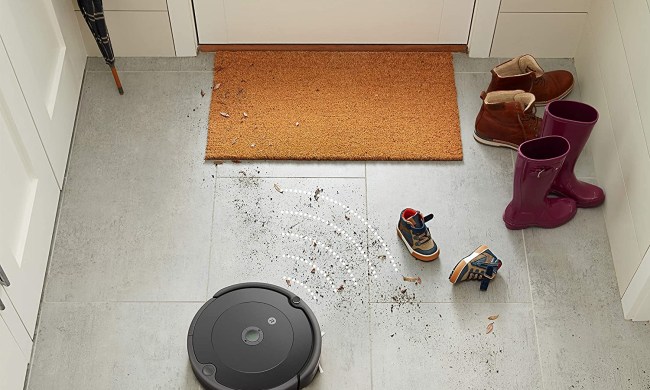The system was designed by YourCleanEnergy, an Alaskan consulting and design firm. In addition to serving as an impressive alternate heating technology demonstration project, it saves money and emissions. According to the ASLC, the CO2 seawater system will provide 98 percent of the 120,000-square-foot facility’s heat. It’s estimated that compared to the previously used oil burners, the new system will save much as $15,000 a month and eliminate 1.24 million pounds of carbon emissions a year. That’s a lot of money and a whole lot of carbon yuck not making it into the atmosphere.
The Alaska SeaLife Center is a public aquarium, research center, and wildlife rehab facility located in Seward, Alaska, close to Resurrection Bay. Thanks to its location, seawater is nearby in abundant supply.
The short version of how the CO2 seawater system works can be described in five steps. First, heat is extracted from Resurrection Bay’s waters. That heat warms a water-glycol mixture. Heated glycol then boils liquid carbon dioxide. The carbon dioxide is compressed to 2,000 pounds per square inch, which heats it even more. The hot CO2 heats non-salt water that’s then pumped through the building. Voila, seawater and carbon dioxide heat one very large building.
The complexity and size of the installation, which cost more than $1 million to design and build, precludes its use in smaller buildings or homes at this time. But don’t forget that the computer in your smartphone today has more processing power and storage than room-sized computers just a few decades back. Gas and oil are (relatively) cheap now, but technology progresses in the search for alternative, cleaner energy systems.



